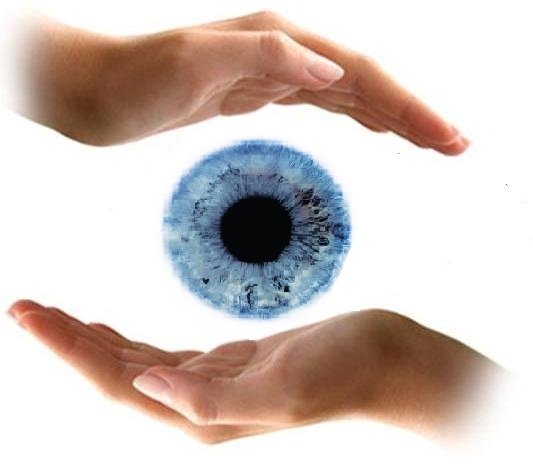All Categories
Featured
We commonly hear regarding securing our skin from unsafe ultraviolet (UV) rays, yet did you understand that UV direct exposure can likewise significantly affect your eye health and wellness? Recognizing the impacts of UV rays on your eyes and how to protect them is necessary for keeping long-lasting eye health and wellness.
Kinds Of UV Rays. UV rays are identified into three types:
UVA Rays: These rays pass through deep into the skin and can additionally influence the internal layers of the eyes. UVB Rays: These rays largely cause damage to the skin's surface however can additionally damage the cornea and lens of the eye. UVC Rays: While these are the most hazardous, they are mostly soaked up by the Earth's ambience and do not reach the surface. Both UVA and UVB rays are unsafe to your eyes, and gradually, exposure can bring about significant eye problems.
Short-Term Results of UV Exposure. Also short direct exposure to extreme UV rays can result in immediate eye damages. A typical short-term condition is photokeratitis, often described as "sunburn of the eye." Signs of photokeratitis consist of:
Redness and irritability. Level of sensitivity to light. Tearing or watery eyes. A sandy experience, as if something is embeded your eye. While the signs and symptoms of photokeratitis are short-term and normally solve within a day or 2, repeated cases can have cumulative impacts on your vision.
Long-Term Effects of UV Exposure. Persistent UV direct exposure can add to a number of significant eye problems, including:
Cataracts: Gradually, UV rays can trigger clouding of the eye's lens, causing cataracts, among the leading reasons of loss of sight worldwide.
Macular Degeneration: Extended UV direct exposure can damage the retina, specifically the macula, leading to age-related macular deterioration (AMD), which impacts main vision.
Pterygium: Also referred to as "surfer's eye," this problem includes the development of a fleshy cells on the white part of the eye, which can expand over the cornea and influence vision.
Skin Cancer Around the Eyes: The fragile skin around the eyes is susceptible to UV radiation, raising the threat of skin cancer cells, such as basic cell carcinoma.
Pinguecula: UV exposure can additionally result in yellow-colored down payments on the conjunctiva, which can trigger inflammation and discomfort.
Exactly How to Safeguard Your Eyes from UV Rays. Wear Sunglasses with UV Protection: Always choose sunglasses labeled as obstructing 100% of UVA and UVB rays. Wrap-around styles supply added protection by obstructing UV rays from the sides.

Utilize a Wide-Brimmed Hat: Hats with a broad brim can lower UV direct exposure by approximately 50%, providing added protection for your eyes and face.
Stay Clear Of Optimal Sun Hours: UV rays are strongest in between 10 a.m. and 4 p.m. Restricting your exterior tasks throughout these hours can help decrease exposure.
Do Not Fail To Remember About Kids: Kid's eyes are extra delicate to UV rays, so guarantee they put on sunglasses and hats when outdoors.
Wear UV-Blocking Contact Lenses: If you wear calls, ask your eye treatment provider about UV-blocking lenses for included defense.
Keep Protected Year-Round: UV damage isn't restricted to summertime; rays can show off surfaces like water, sand, and snow, making eye security necessary all year.
Conclusion. Safeguarding your eyes from UV rays is critical to maintaining your vision and general eye wellness. The impacts of UV exposure might not always be instant, but they can gather in time, causing significant problems. By taking straightforward safety measures like wearing UV-protective sunglasses, limiting direct exposure throughout peak hours, and routinely checking out an eye treatment expert, you can secure your eyes from the unsafe impacts of UV radiation. Remember, your eyes are irreplaceable-- take actions to protect them today.
Latest Posts
Recognizing When Your Car Needs Skilled Auto Repair at Montclare Auto Repair
Learn About Exceptional Auto Repair Services in Chicago – Expert Care for Your Vehicle
Boost Your Home's Exterior with Weathercraft's Exterior siding Solutions
More
Latest Posts
Recognizing When Your Car Needs Skilled Auto Repair at Montclare Auto Repair
Learn About Exceptional Auto Repair Services in Chicago – Expert Care for Your Vehicle
Boost Your Home's Exterior with Weathercraft's Exterior siding Solutions